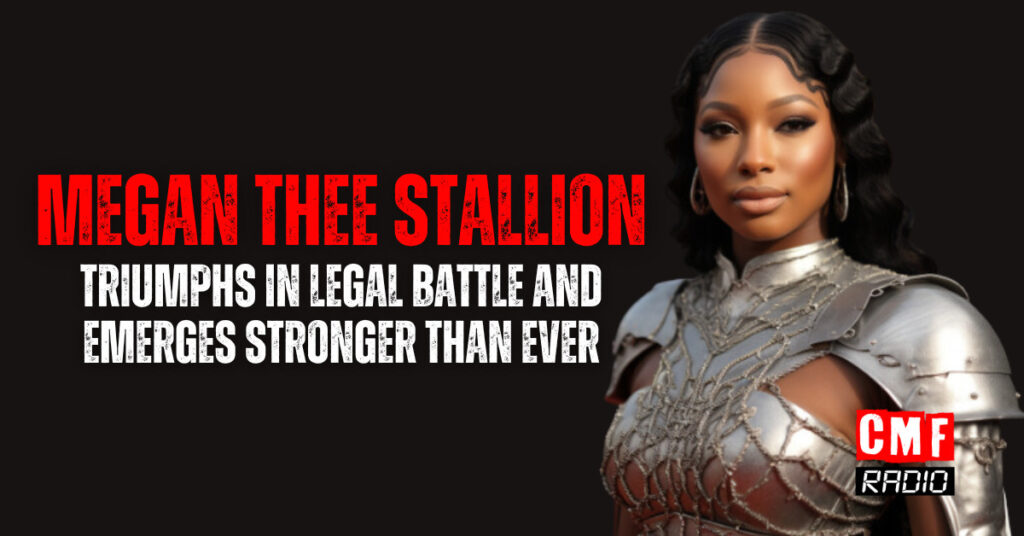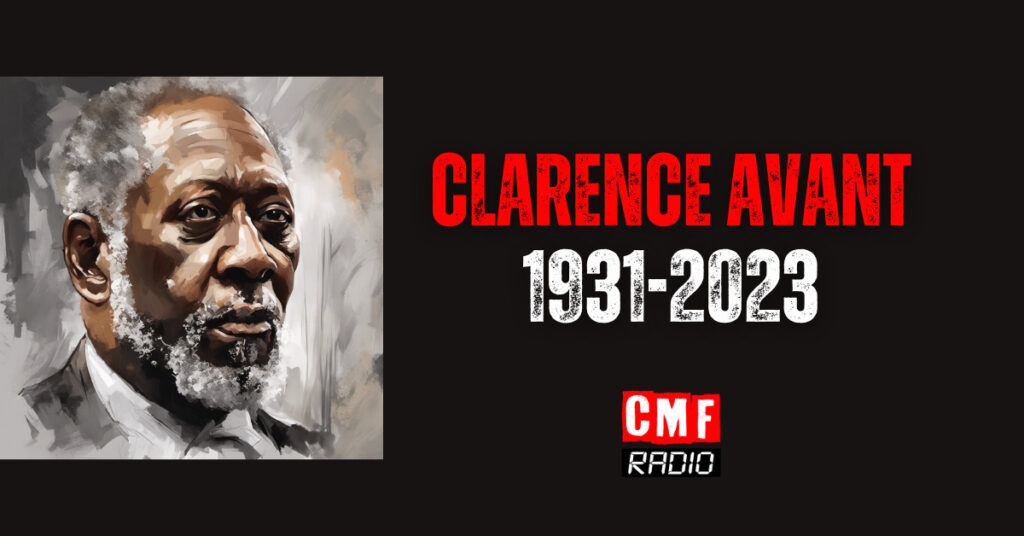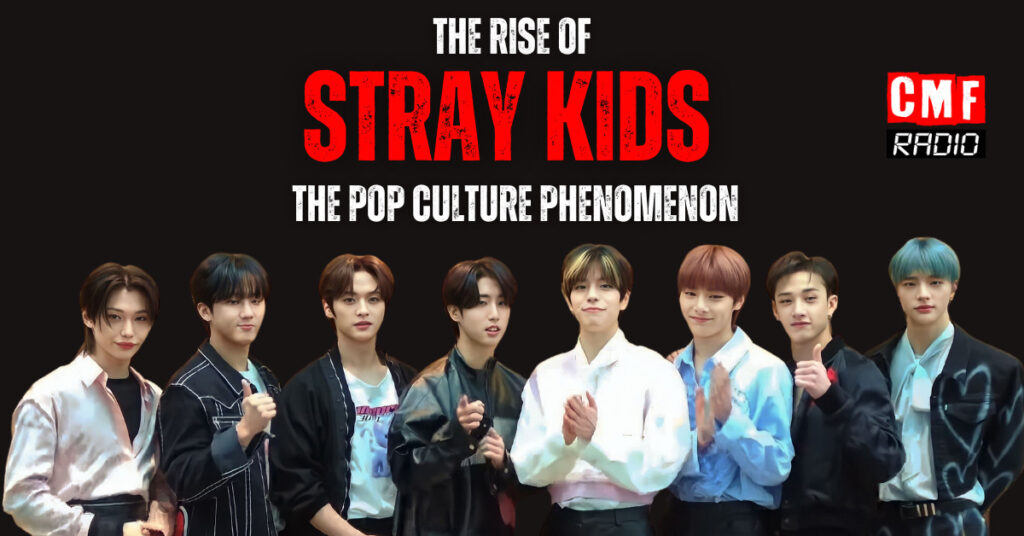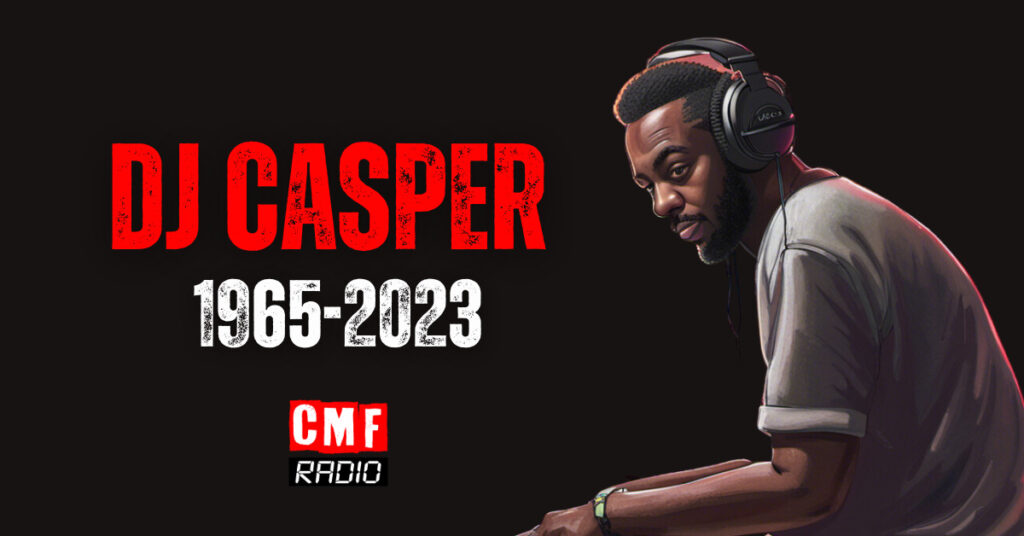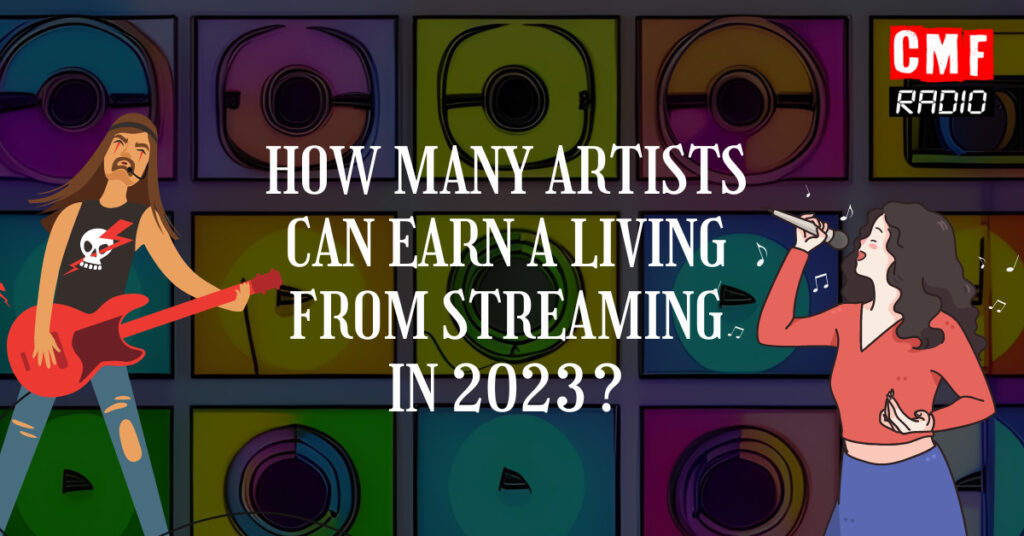
Art has always been a way to capture the human experience and make sense of the world around us. In today’s digital age, the canvas has extended into the virtual realm, where artists have the opportunity to reach millions through streaming platforms. But with increased access and visibility, can more artists now earn a living from streaming in 2023? Let’s dive in…
The advent of streaming platforms like Spotify, Apple Music, YouTube, and Netflix, to name just a few, has revolutionized the way content is consumed. Musicians, filmmakers, comedians, and other artists can upload their work, share it with an international audience, and potentially reap financial rewards. In theory, this should provide a more inclusive landscape for artists to profit from their creativity. However, the reality paints a more complicated picture.

Streaming platforms operate on business models that are not necessarily aligned with the financial well-being of the artist. For example, Spotify pays artists per stream, but this is a microscopic amount: it is estimated to be between $0.003 and $0.005 per stream. To put this into perspective, an artist would need millions of streams per month to earn what most would consider a livable wage.
Similarly, on platforms like YouTube, content creators earn money through ad revenue. But to generate significant income, creators must amass a considerable number of views and maintain a high level of audience engagement, all while navigating YouTube’s complex algorithms. Also, the added competition makes standing out increasingly difficult.
How many artists have made more than $10,000 on Spotify in 2022?
According to the latest annual Loud & Clear report by Spotify, 57,000 artists generated $10,000+ (up from 23,400 in 2017). And 1,060 artists generated $1 million+ (up from 460 in 2017). In 2022, for the very first time, 10,100 artists generated at least $100,000 on Spotify alone.
Spotify suggests that these artists are likely earning four times the quoted amount from recorded music when considering other streaming platforms. This assertion is framed by the Swedish firm as a noteworthy triumph. However, the question remains: should we celebrate the fact that a mere 57,000 artists are barely scraping by, earning just enough to sustain their livelihoods through their music?

That being said, an important distinction must be made between “earning a living” and “becoming wealthy.” While a small percentage of artists make significant income, many more generate enough revenue to sustain themselves, particularly when they diversify their income streams.
How many professional music artists are there in the world?
Spotify estimates that there are approximately 200,000 professional or professionally aspiring recording acts globally. Again, it’s not “that” many in the grand scheme of things. There are 195 countries in the world, so that means roughly 1000 professional / professionally aspiring music artists on average per country.
Diversification is key for today’s music artists
In 2023, artists are not only relying on streaming revenue but also branching out into merchandise sales, fan subscriptions, live performances, and crowdfunding. For example, Patreon and Kickstarter have become vital platforms for artists, allowing fans to financially support their work directly. Artists are also leveraging social media platforms like Instagram and TikTok to increase their visibility and engagement, leading to potential brand collaborations and partnerships.
It’s also worth mentioning that success varies across different art forms. Musicians might struggle with streaming revenue, but filmmakers may fare better as streaming platforms like Netflix and Amazon Prime Video invest heavily in original content. Podcasters, too, have found success in the streaming age, with ad revenue, sponsorships, and listener donations providing a viable income.
Moreover, the rise of Non-Fungible Tokens (NFTs) has introduced a new income source for digital artists. NFTs have enabled artists to sell their digital works directly to consumers, bypassing traditional art marketplaces and their associated fees. This development has allowed a number of artists to achieve unprecedented financial success.

It’s challenging for artists to make a sustainable income solely from streaming revenue due to the low payment rates and high level of competition. Yet, when artists diversify their revenue streams, maximize their visibility on social media, and capitalize on emerging opportunities like NFTs, they increase their chances of earning a livable income.
Streaming platforms have undoubtedly democratized access to audiences and transformed the way content is consumed. Still, as of 2023, they are not a panacea for the financial challenges artists face. It’s a mixed bag, a tool with potential that must be utilized strategically.
To artists navigating this terrain, remember, it’s not just about streaming – it’s also about connecting with your audience, creating multiple income streams, and staying ahead of industry trends.
Live Streaming, a great way to connect with fans & earn revenue
For instance, live streaming performances, a trend popularized during the Covid-19 pandemic, continues to be a powerful way for musicians to connect with fans and earn revenue. Additionally, artists are now utilizing platforms like Bandcamp, which provide greater revenue share for artists than mainstream streaming platforms.
Additionally, the streaming era has led to an evolution in the approach to marketing and branding for artists. A strong, authentic, and engaging social media presence can make a considerable difference in capturing audience attention amidst the digital noise. Therefore, artists who invest time in crafting their image and narrative can gain an edge.
There’s also an increasing trend of artists hosting their own podcasts or YouTube channels to share behind-the-scenes content or insights about their creative process. This provides additional value to fans and can be another potential revenue stream through sponsorships or fan donations.
Furthermore, new tools and platforms are emerging that offer more artist-friendly models. For example, services like Audius aim to decentralize music streaming using blockchain technology, promising fairer compensation for artists.
Education and community support are other key aspects that can contribute to an artist’s financial sustainability. Artists need to be informed about their rights, contracts, and potential revenue sources. Additionally, communities of artists can support each other by sharing experiences and advice, creating a more equitable environment in an industry known for its competitiveness.
In the future, as the streaming landscape continues to evolve, it’s possible that the scales may tip more in favor of artists. Calls for fairer streaming payout models are growing louder, and some platforms are responding with changes to their models. However, it’s important to remember that the journey of an artist in the digital age remains multifaceted, requiring a strategic blend of creativity, business acumen, and adaptability.
While streaming platforms have offered artists unprecedented global exposure, they have not eliminated the struggle to make a living through art. They are a piece of the puzzle, not the entire solution. For artists to thrive financially, they must stay versatile, adaptive, and resilient, combining their artistic passion with smart income diversification strategies. The ability to earn a living as an artist in the streaming era is less about chasing streams and more about crafting a sustainable, multifaceted career in the evolving digital landscape.



